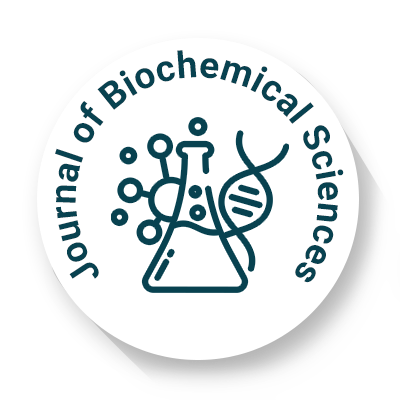
Journal of Biochemical and Sciences
OPEN ACCESS

OPEN ACCESS

1Department of Biochemistry, University of Agriculture Faisalabad, Pakistan
2Institute of Zoology, Bahauddin Zakariya University, Pakistan
Cadmium is a toxic, non-biodegradable and non-essential heavy metals that may lead to dysfunction of the lungs, kidneys, and bones, even in low quantities Due to the heavy usage of cadmium in industry, it causes natural problems, so, removal is mandatory for environmental protection. There are many metal degradation techniques that have their own advantages and disadvantages, and various biologically active substances have the potential to remove toxic metals from industrial effluents. These are cheap, highly efficient, and environmentally friendly techniques. In this present study, the biosorption of industrial effluents containing cadmium was studied using tea (Camellia sinensis) waste. Tea (Camellia sinensis) waste fine particles were utilized as biosorbent substances in optimized environmental conditions by means of a solution of cadmium and the impact of specific factors, i.e., time of contact, pH, initial metal concentration, temperature, and biomass quantity. In the current study, among the biomass tea waste, 0.4g showed 83% best biosorption in 120 minutes of incubation under continuous shaking conditions (180 rate per minute) at pH 5, initial metal concentration (15 mg/L), and 30°C. For structural and morphological analysis, different techniques were used, such as FTIR (Fourier-transform-infrared-spectroscopy) and SEM (Scanning-Electron-Microscope). For the analysis of the concentration of cadmium, the titrimetric method was used. Consequences have shown that tea (Camellia sinensis) waste is verified as a superior biosorbent for the degradation of cadmium.
Received 31 August 2023; Revised 12 February 2024; Accepted 20 February 2024
1Department of Biochemistry, University of Agriculture Faisalabad, Pakistan
2Institute of Zoology, Bahauddin Zakariya University, Pakistan